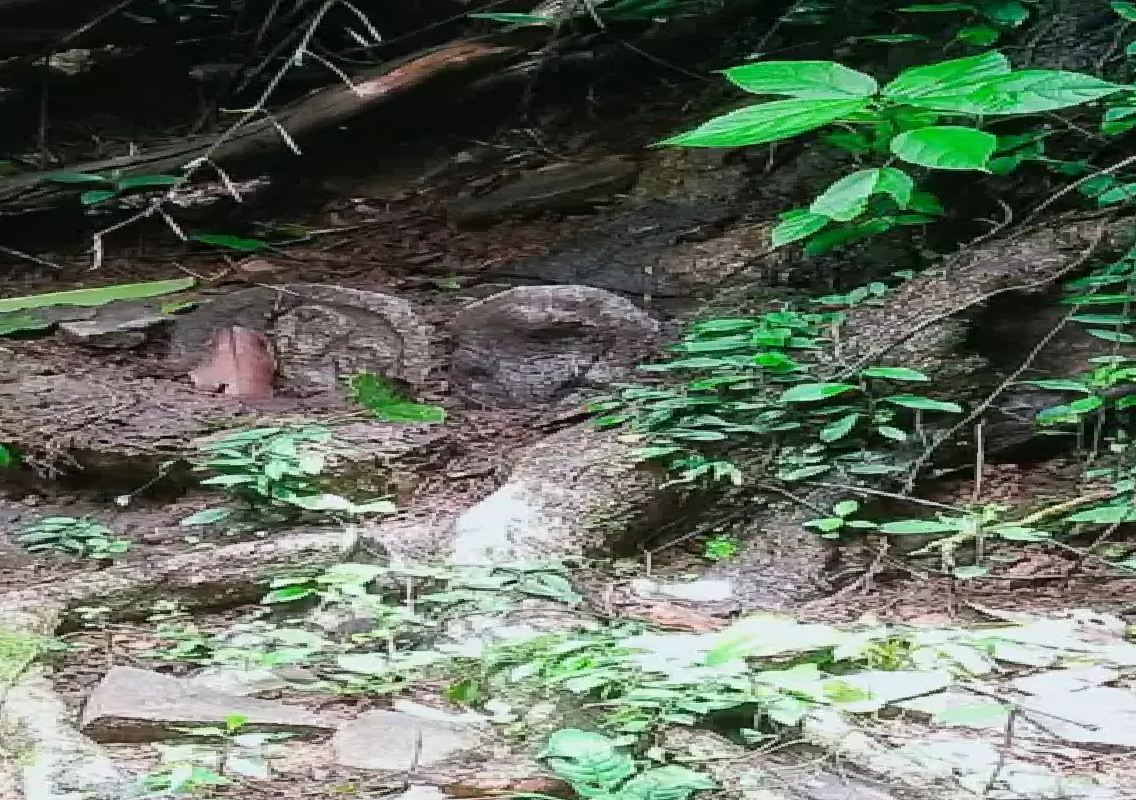The tradition of Nagaradhane, or serpent worship, has flourished in Tulunadu, a region rich with natural and cultural heritage. This ancient practice venerates the serpent deity, deeply rooted in the local traditions of the coastal regions of Karnataka. Although the worship of serpents extends beyond the coast, the specific reverence for the six-faced Subrahmanya is unique to this area.
In Tulunadu, especially among matriarchal communities such as the Bunt community, Naga is considered a principal deity. Devotees often pay their respects at their ‘moola thana,’ the ancestral serpent grove of their clan. For those whose original nagabana (serpent grove) is lost due to migration, rituals are conducted at the family’s current nagabana. These sacred groves are vital as they connect the community to their ancestral roots and the natural world.
Sacred Groves and Biodiversity

Sacred groves, also known as ‘devarakadu,’ ‘bhoothabana,’ ‘kanu,’ or ‘pavitra vana,’ are forested areas dedicated to specific deities. Serpent groves, or ‘nagabana,’ are integral to the ecosystem and culture of Tulunadu. They provide a crucial habitat for a wide range of flora and fauna. Research conducted by Prabhakar Achar, Vidya Nayak, and their team highlights the impressive biodiversity of these groves. Their study documented 294 plant species, including notable ones like the ashwattha (Ficus religiosa) and dhoopa (Vateria indica), as well as 22 mammal species such as the bonnet macaque and spotted deer. Additionally, 55 bird species and 18 types of reptiles, including the Indian pond terrapin and Russell’s viper, have been recorded in these groves.
These groves cover extensive areas but have been steadily diminishing due to encroachment. The loss of these forests has led to significant declines in biodiversity. Thukaram Poojary, a retired history professor and founder of the Rani Abbakka Tulu Adhyayana Kendra, points out that the once-vibrant forests, home to serpents and other wildlife, are now being replaced by urban development and agriculture. This shift has disrupted the natural balance and reduced the habitats available for these creatures.
Cultural and Agricultural Significance

In Tulunadu, serpents are not only seen as spiritual entities but also as protectors of agriculture. An ancient belief holds that serpents avoid disturbing lands that have been ploughed. Nagabanas, which often contain anthills, are valued for their role in groundwater replenishment. Termites within these anthills can tunnel deep into the ground, facilitating water percolation during the rains. However, as nagabanas are increasingly replaced by concrete structures, the crucial groundwater recharge they provided has been severely impacted.
Traditionally, construction on a nagabeedhi—a place known for serpent activity—is avoided to honour the serpents and preserve the sanctity of these areas. This respect for the serpent deity underscores the deep-seated connection between the people of Tulunadu and their environment.
Rituals and Celebrations
While the exact origins of Naga worship remain unclear, it is evident from various tribal rituals that serpent worship has been a part of Tulunadu’s spiritual landscape for centuries. Veteran researcher Indira Heggade notes that Nagarapanchami, a festival dedicated to serpents, is observed during the Shravana month of the lunar calendar, aligning with the month of Aati in Tulunadu.
In Padukudoor village, located in Karkala taluk, Udupi district, the local community engages in unique rituals to honour the serpent deity. Folk songs extolling the king cobra are performed, and clay pots are offered as part of vow fulfilment. The ritual known as ‘kaadya darshana’ involves a priest answering the devotees’ questions, adding a personal element to the worship.
Among the various rites dedicated to the serpent deity are ‘naga tambila,’ ‘ashlesha bali,’ ‘sarpa samskara,’ and ‘nagamandala.’ Of these, nagamandala is particularly significant. This elaborate ceremony includes the drawing of a mandala, around which devotees dance to the accompaniment of nagaswara and drums. The night-long celebration is considered one of the most auspicious and highlights the community’s enduring commitment to their sacred traditions.
Conclusion
Nagaradhane is more than a ritualistic practice in Tulunadu; it is a profound expression of the region’s reverence for nature and its elements. The sacred groves and the traditions surrounding serpent worship play a crucial role in preserving the local biodiversity and cultural heritage. As urbanisation and environmental changes threaten these practices, there is a growing need to protect and revitalise these sacred spaces to sustain the ancient traditions and ecological balance of Tulunadu.
